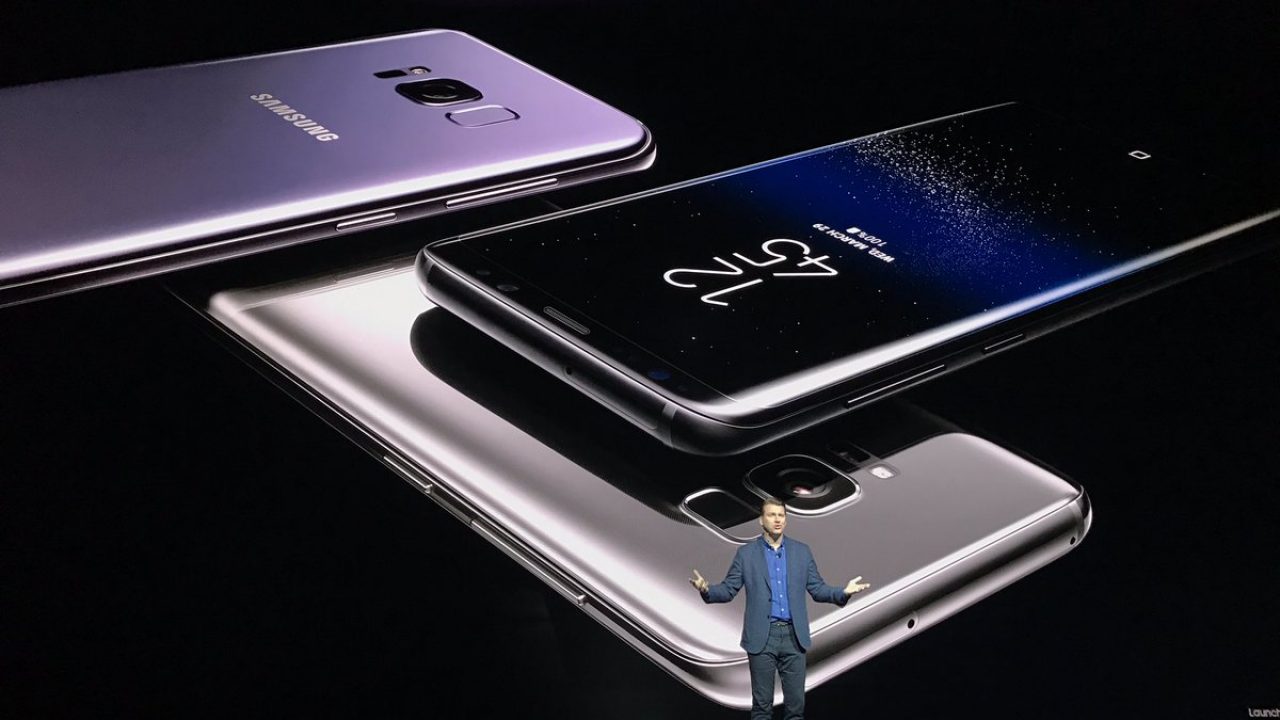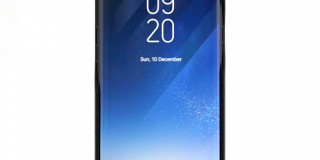Solving Galaxy S8 And Galaxy S8 Plus Touch Screen Problems

With a majority of supported commands being operated through touch and only a few physical buttons, it’s easier to understand why the touch screen is one of the most delicate components of the latest Samsung Galaxy S8 and Galaxy S8 Plus. The more the device is in use, the more you could expect it to wear out.
You may have probably noticed that your touch screen no longer responds as fast as it used to. In addition, you may as well have noticed that some sections of your touch screen display respond faster than others. Other specific areas might have completely lost the touch and are totally unresponsive.
If so, you just might be dealing with a hardware issue on your Samsung Galaxy S8 and S8 Plus. It won’t make your touch screen completely non-functional but may suffice to result to the reactions as described above. Some users even noticed their touch screen responding poorly when touched on the bottom area. As a short term fix, they resorted to placing their frequently used apps on the upper of the screen to avoid using the less responsive regions.
But honestly, this is not an issue you can just ignore. If you have been using your smartphone from the start, then you will easily detect a slight deterioration of the screen. If the device in question is nee and still exhibit the issues, then it’s safe to assume that the device suffered some damage during delivery. For any other context, then it is also safe to assume that your device encountered some firmware bugs or glitches. In particular cases, updating your device to the latest software might solve the issue for your Galaxy S8 and S8 Plus.
If this doesn’t solve your problem, go through some of our tips explained below as one of them might easily fix the display problems of your Galaxy S8 device.
Try a factory reset of your smartphone
This is one of the great solutions to practically any phone problem that you might be experiencing. A factory reset of your device normally resets your phone’s settings to defaults to give you a perfectly functional phone.
- Open on Settings
- Press on User & Backup
- Hit Backup & Reset
- Press on the Factory Data Reset pick
We will remind you that a factory reset removes all your data and personal preferences from your phone. As such, it is important that you back up all your important files and information before resorting to a reset. After the backup and after following the 4 steps described above, you will be required to confirm that you want to delete everything. Wait a couple of minutes for the process to complete then restart your device. Here is our detailed guide on how you can clear the cache of your Samsung Galaxy S8
Try clearing the cache of your system
This method may still work for those who do not wish to start their device from scratch. If you hold down the Vole Down key long enough, a special menu displays and you can choose to wipe the cache partition of the entire device. Read our detailed guide on how you can clear the cache of your Galaxy S8 and S8 Plus.
- Switch OFF your smartphone
- Press and hold on the Home, Power and the Volume Up keys simultaneously
- Wait until the Android logo pops up then release the Power button
- When the Samsung Galaxy S8 logo pops up, let go off the other buttons
- Using the Volume Down key, navigate through the Wipe Cache Partition option
- Tap on the Power button to begin the process
- Then confirm this by selecting the ‘Yes’ menu
- Wait for the process to complete
- Highlight the “reboot system now’’ option
- Use the power button to confirm the restart of your device
After the restart with a cleared cache, your Samsung Galaxy S8 or Galaxy S8 plus display might work just fine.
Try hard resetting your device
A hard reset simply means that you will delete practically everything that you have on your phone; data, preferences as well as applications. You will be required therefore to first back up your data and everything else you wish to keep. Open on the Settings menu then Backup & Reset submenu. You can also read this guide on how you how to hard reset your Samsung Galaxy S8 smartphone. This will particularly help you better understand the following steps.
- Power OFF your phone;
- Hit and hold the Power, Home and the Volume Up buttons;
- Let go off the buttons when the Samsung logo appears and you have entered the Recovery Mode;
- Use the Volume Down button to highlight and the Power button to select the;
- Wipe Data/Factory Resetà confirm with ‘Yes’ à ‘delete all user data’;
- ‘Reboot System Now’ second à this is after the factory reset finished.
- Try removing and re-inserting the SIM card
if you tried all of the above and you can’t seem to fix the problem of unresponsive display on your Galaxy S8, the only other fix you can try out before returning it to the manufacturer is to remove the SIM card. You will need to remove it and then re-insert it after some time. To some users, it was the magical solution when nothing else seemed to go their way.
















